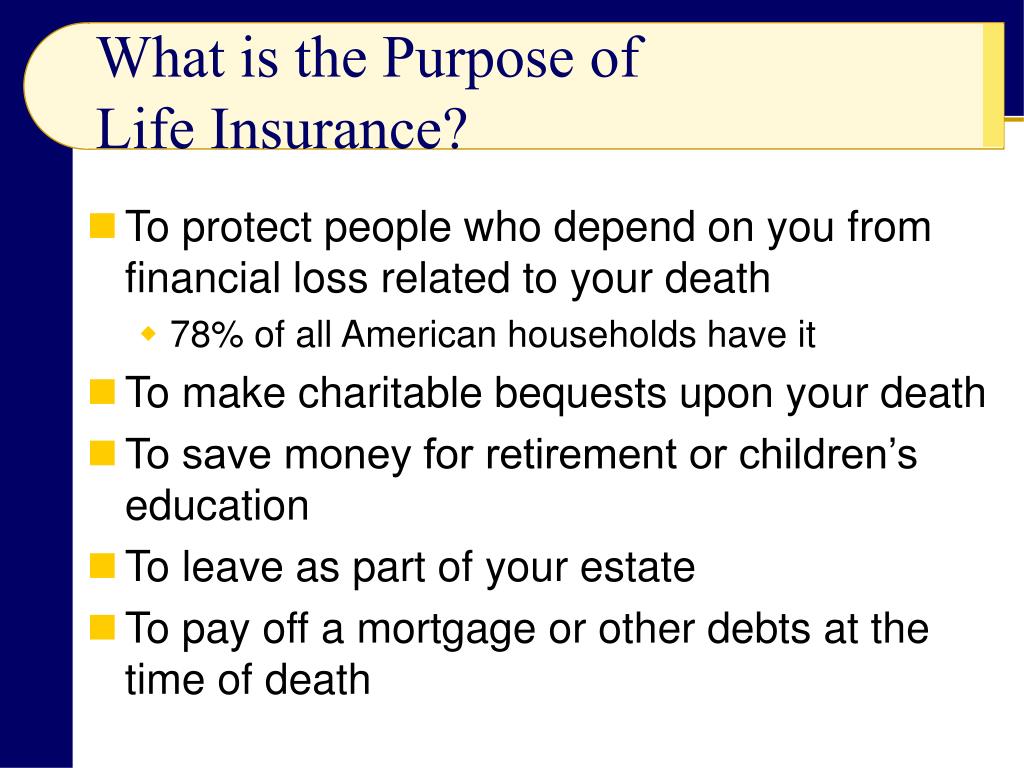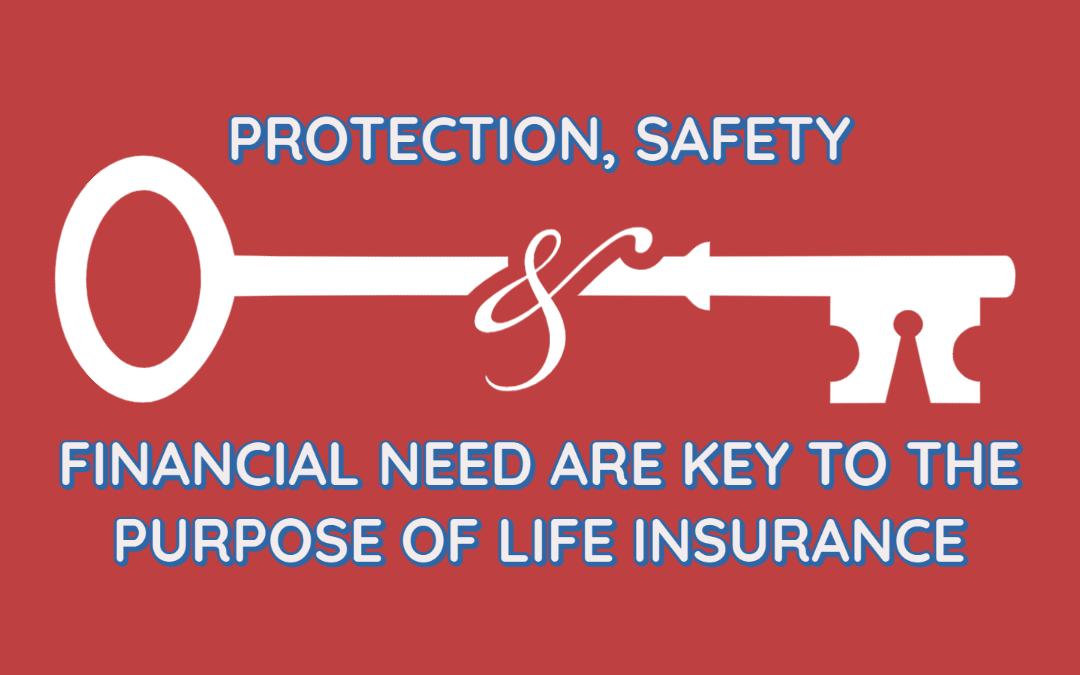Our Pacific Prime Diaries
Top Guidelines Of Pacific Prime
Table of ContentsSome Known Incorrect Statements About Pacific Prime Pacific Prime Can Be Fun For AnyoneThe Buzz on Pacific PrimeThe Facts About Pacific Prime UncoveredFacts About Pacific Prime Revealed

This is because the information were accumulated for a period of solid economic efficiency. Of the approximated 42 million people that were uninsured, almost concerning 420,000 (about 1 percent) were under 65 years old, the age at which most Americans end up being qualified for Medicare; 32 million were grownups between ages 18 and 65, around 19 percent of all adults in this age; and 10 million were youngsters under 18 years of age, concerning 13.9 percent of all kids (Mills, 2000).
These estimates of the number of individuals without insurance are generated from the yearly March Supplement to the Existing Populace Survey (CPS), performed by the Census Bureau. Unless otherwise noted, national price quotes of people without medical insurance and proportions of the populace with different kinds of protection are based upon the CPS, one of the most widely utilized source of quotes of insurance policy protection and uninsurance rates.
Some Known Questions About Pacific Prime.

Still, the CPS is especially beneficial since it generates yearly quotes relatively swiftly, reporting the previous year's insurance policy coverage estimates each September, and because it is the basis for a regular collection of price quotes for greater than twenty years, allowing for evaluation of trends in coverage with time. For these factors, in addition to the substantial use the CPS in other researches of insurance policy protection that are provided in this report, we count on CPS price quotes, with restrictions noted.

The price quote of the number of without insurance people broadens when a population's insurance condition is tracked for several years. Over a three-year duration starting early in 1993, 72 million individuals, 29 percent of the U.S. https://moz.com/community/q/user/pacificpr1me. population, lacked insurance coverage for at the very least one month. Within a single year (1994 ), 53 million individuals experienced at the very least a month without insurance coverage (Bennefield, 1998a)
6 out of every ten without insurance adults are themselves utilized. Although working does improve the chance that a person and one's family members will certainly have insurance coverage, it is not a guarantee. Even members of families with 2 full-time wage income earners have nearly a one-in-ten chance of being without insurance (9.1 percent uninsured price) (Hoffman and Pohl, 2000).
The 6-Minute Rule for Pacific Prime
New immigrants represent a considerable percentage of people without wellness insurance coverage. One evaluation has actually connected a considerable section of the recent growth in the size of the U.S. without insurance population to immigrants who showed up in the country in between 1994 and 1998 (Camarota and Edwards, 2000). Current immigrants (those who concerned the United States within the past four years) do have a high price of being without insurance (46 percent), but they and their kids represent simply 6 percent of those without insurance country wide (Holahan et al., 2001).
The partnership in between wellness insurance policy and accessibility to care is well developed, as recorded later on in this phase. Although the relationship between medical insurance and wellness end results is neither straight neither simple, a considerable clinical and health services research study literary works links medical insurance coverage to enhanced access to care, much better top quality, and enhanced individual and populace health and wellness condition.
Levels of analysis for checking out the results of uninsurance. This conversation of health and wellness insurance protection focuses largely on the U.S. populace under age 65 because essentially all Americans 65 and older have Medicare or other public insurance coverage. It focuses particularly on those without any health insurance for any type of size of time.
The 2-Minute Rule for Pacific Prime
The issues faced by the underinsured are in some areas comparable to those faced by the without insurance, although they are normally less extreme. Health and wellness insurance coverage, nevertheless, is neither needed nor enough to acquire access to medical solutions. The independent and direct effect of health and wellness insurance protection on accessibility to health solutions is well established.
Others will certainly get the healthcare they need also without health and wellness insurance, by spending for it out of pocket or seeking it from suppliers who supply care cost-free or at extremely subsidized rates. For still others, medical insurance alone does not make sure receipt of treatment as a result of other nonfinancial barriers, such as an absence of health treatment providers in their area, limited accessibility to transport, illiteracy, or linguistic and cultural distinctions.
About Pacific Prime
Formal research study concerning without insurance populaces in why not try this out the United States dates to the late 1920s and early 1930s when the Committee on the Price of Medical Treatment produced a series of reports about funding medical professional workplace gos to and hospital stays. This concern came to be salient as the numbers of medically indigent climbed throughout the Great Clinical depression.